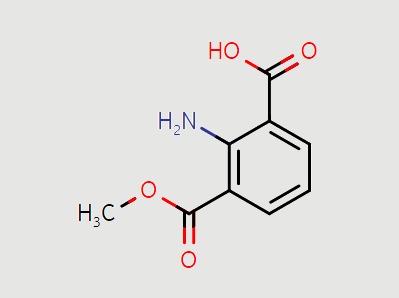Benzene is a colorless or yellowish liquid that evaporates rapidly when exposed to air, but it does not dissolve well in water and tends to float on top. It is produced as part of natural and man-made processes. Benzene, for example, is a natural component of crude oil and is the main source of benzene today. It is also found in forest fires, volcanoes and in gaseous emissions from cigarette smoke.
When you think of the molecular formula of benzene, you immediately think of the scientific story of the chemist who was inspired to solve the structure of the benzene ring after he dreamed of a snake biting his tail. The chemical formula for benzene is C6H6, and the benzene molecule consists of six carbon atoms in a ring with a hydrogen atom attached to each carbon atom. Since it contains only carbon and hydrogen atoms, benzene is classified as a hydrocarbon.
Where is benzene found
Benzene is formed by natural processes and human activities. Natural sources of benzene include volcanoes and forest fires. Benzene is also a natural component of crude oil, gasoline and cigarette smoke.
How Benzene is used
Benzene is one of the top 20 most widely used chemicals in the United States. It is used primarily as a starting chemical in the manufacture of other products and is often used to make chemicals that are later used in other products. Common examples include:
Plastics
Nylons
Resins
Dyes
Lubricants
Synthetic fibers
Detergent
Rubber
Pesticides
Gasoline
It is mainly used as a solvent in the pharmaceutical industry and can be found in certain drugs. Historically, benzene has also been used as an industrial solvent and gasoline additive, although these uses have declined dramatically over the past few decades.
How people are exposed to benzene
Most people are exposed to benzene through inhalation because benzene evaporates rapidly when it comes into contact with air. Benzene can also be absorbed through the skin when in contact with liquid sources containing benzene, but this is less common.
Historically, the highest exposure levels have been in workplaces in industries that use benzene. That said, many industries are reducing the use of benzene, so this has declined in recent years.
The general population is more likely to be exposed to benzene through inhalation of tobacco smoke, particularly through cigarettes. In fact, among smokers, 90% of benzene exposure comes from inhaling cigarette smoke. Benzene is also found in gasoline and can be inhaled if someone breathes in gasoline fumes. It can also be found in glues, adhesives, paint strippers and cleaning products.
As a best practice, it is recommended that benzene be evaluated by a third-party petroleum and chemical testing laboratory to ensure that it is completely safe for use.
Uses of benzene in pharmaceuticals
It is primarily used as a solvent in the pharmaceutical industry and can be found in some drugs. Historically, benzene has also been used as an industrial solvent and gasoline additive, although these uses have declined dramatically over the past few decades.
The benzene series is the most important group of aromatics. It is a series of hydrocarbons based on the benzene ring with the general formula CnH2n-6, where 'n' is 6 or greater. Examples include benzene (C6H6), toluene (C7H8) and xylene (C8H10). The first three members of the series of particular interest are benzene, toluene and xylene, which are clear, colorless liquids with very similar properties at room temperature. Crude benzene also contains some amount of naphthalene (C10H8).
Crude benzene is a product of the dry distillation process of coking coal. Benzene (also called benzene) is the name commonly used in the chemical industry for a mixture of benzene hydrocarbons in which benzene itself predominates, together with certain of its congeners and various impurities. The term does not apply to any particular mixture or liquid mass. Recovery of benzene from coke oven gas means removing the benzene series vapors and then converting them into different liquid products by condensation.
